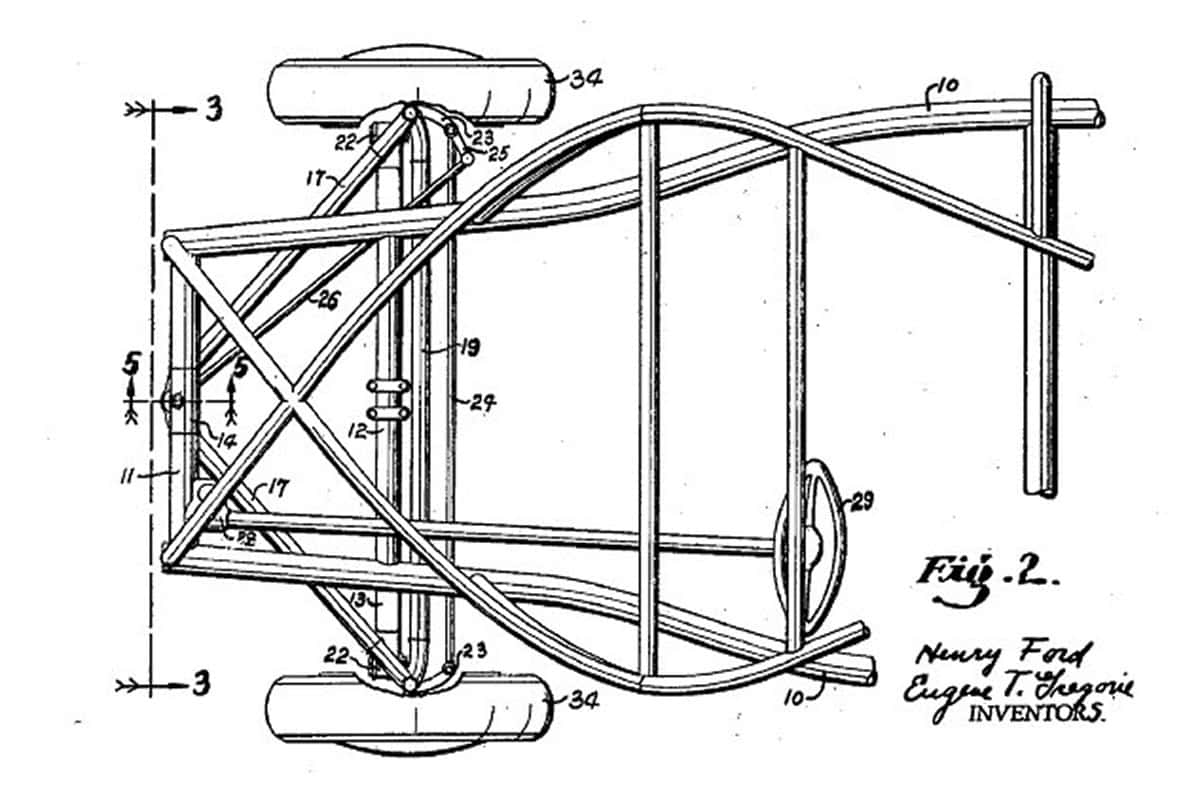Jesper Grimstrup’s The Ant Mill: could his anti-string-theory rant do string theorists a favour?
Imagine you had a bad breakup in college. Your ex-partner is furious and self-publishes a book that names you in its title. You’re so humiliated that you only dimly remember this ex, though the book’s details and anecdotes ring true.
According to the book, you used to be inventive, perceptive and dashing. Then you started hanging out with the wrong crowd, and became competitive, self-involved and incapable of true friendship. Your ex struggles to turn you around; failing, they leave. The book, though, is so over-the-top that by the end you stop cringing and find it a hoot.
That’s how I think most Physics World readers will react to The Ant Mill: How Theoretical High-energy Physics Descended into Groupthink, Tribalism and Mass Production of Research. Its author and self-publisher is the Danish mathematician-physicist Jesper Grimstrup, whose previous book was Shell Beach: the Search for the Final Theory.
After receiving his PhD in theoretical physics at the Technical University of Vienna in 2002, Grimstrup writes, he was “one of the young rebels” embarking on “a completely unexplored area” of theoretical physics, combining elements of loop quantum gravity and noncommutative geometry. But there followed a decade of rejected articles and lack of opportunities.
Grimstrup became “disillusioned, disheartened, and indignant” and in 2012 left the field, selling his flat in Copenhagen to finance his work. Grimstrup says he is now a “self-employed researcher and writer” who lives somewhere near the Danish capital. You can support him either through Ko-fi or Paypal.
Fomenting fear
The Ant Mill opens with a copy of the first page of the letter that Grimstrup’s fellow Dane Niels Bohr sent in 1917 to the University of Copenhagen successfully requesting a four-storey building for his physics institute. Grimstrup juxtaposes this incident with the rejection of his funding request, almost a century later, by the Danish Council for Independent Research.
Today, he writes, theoretical physics faces a situation “like the one it faced at the time of Niels Bohr”, but structural and cultural factors have severely hampered it, making it impossible to pursue promising new ideas. These include Grimstrup’s own “quantum holonomy theory, which is a candidate for a fundamental theory”. The Ant Mill is his diagnosis of how this came about.
The Standard Model of particle physics, according to Grimstrup, is dominated by influential groups that squeeze out other approaches.
A major culprit, in Grimstrup’s eyes, was the Standard Model of particle physics. That completed a structure for which theorists were trained to be architects and should have led to the flourishing of a new crop of theoretical ideas. But it had the opposite effect. The field, according to Grimstrup, is now dominated by influential groups that squeeze out other approaches.
The biggest and most powerful is string theory, with loop quantum gravity its chief rival. Neither member of the coterie can make testable predictions, yet because they control jobs, publications and grants they intimidate young researchers and create what Grimstrup calls an “undercurrent of fear”. (I leave assessment of this claim to young theorists.)
Half the chapters begin with an anecdote in which Grimstrup describes an instance of rejection by a colleague, editor or funding agency. In the book’s longest chapter Grimstrup talks about his various rejections – by the Carlsberg Foundation, The European Physics Journal C, International Journal of Modern Physics A, Classical and Quantum Gravity, Reports on Mathematical Physics, Journal of Geometry and Physics, and the Journal of Noncommutative Geometry.
Grimstrup says that the reviewers and editors of these journals told him that his papers variously lacked concrete physical results, were exercises in mathematics, seemed the same as other papers, or lacked “relevance and significance”. Grimstrup sees this as the coterie’s handiwork, for such journals are full of string theory papers open to the same criticism.
“Science is many things,” Grimstrup writes at the end. “[S]imultaneously boring and scary, it is both Indiana Jones and anonymous bureaucrats, and it is precisely this diversity that is missing in the modern version of science”. What the field needs is “courage…hunger…ambition…unwillingness to compromise…anarchy.”
Grimstrup hopes that his book will have an impact, helping to inspire young researchers to revolt, and to make all the scientific bureaucrats and apparatchiks and bookkeepers and accountants “wake up and remember who they truly are”.
The critical point
The Ant Mill is an example of what I have called “rant literature” or rant-lit. Evangelical, convinced that exposing truth will make sinners come to their senses and change their evil ways, rant lit can be fun to read, for it is passionate and full of florid metaphors.
Theoretical physicists, Grimstrup writes, have become “obedient idiots” and “technicians”. He slams theoretical physics for becoming a “kingdom”, a “cult”, a “hamster wheel”, and “ant mill”, in which the ants march around in a pre-programmed “death spiral”.
Grimstrup hammers away at theories lacking falsifiability, but his vehemence invites you to ask: “Is falsifiability really the sole criterion for deciding whether to accept or fail to pursue a theory?”
An attentive reader, however, may come away with a different lesson. Grimstrup calls falsifiability the “crown jewel of the natural sciences” and hammers away at theories lacking it. But his vehemence invites you to ask: “Is falsifiability really the sole criterion for deciding whether to accept or fail to pursue a theory?”
In his 2013 book String Theory and the Scientific Method, for instance, the Stockholm University philosopher of science Richard Dawid suggested rescuing the scientific status of string theory by adding such non-empirical criteria to evaluating theories as clarity, coherence and lack of alternatives. It’s an approach that both rescues the formalistic approach to the scientific method and undermines it.
Dawid, you see, is making the formalism follow the practice rather than the other way around. In other words, he is able to reformulate how we make theories because he already knows how theorizing works – not because he only truly knows what it is to theorize after he gets the formalism right.
Grimstrup’s rant, too, might remind you of the birth of the Yang–Mills theory in 1954. Developed by Chen Ning Yang and Robert Mills, it was a theory of nuclear binding that integrated much of what was known about elementary particle theory but implied the existence of massless force-carrying particles that then were known not to exist. In fact, at one seminar Wolfgang Pauli unleashed a tirade against Yang for proposing so obviously flawed a theory.
The theory, however, became central to theoretical physics two decades later, after theorists learned more about the structure of the world. The Yang-Mills story, in other words, reveals that theory-making does not always conform to formal strictures and does not always require a testable prediction. Sometimes it just articulates the best way to make sense of the world apart from proof or evidence.
The lesson I draw is that becoming the target of a rant might not always make you feel repentant and ashamed. It might inspire you into deep reflection on who you are in a way that is insightful and vindicating. It might even make you more rather than less confident about why you’re doing what you’re doing
Your ex, of course, would be horrified.
The post Jesper Grimstrup’s <em>The Ant Mill</em>: could his anti-string-theory rant do string theorists a favour? appeared first on Physics World.
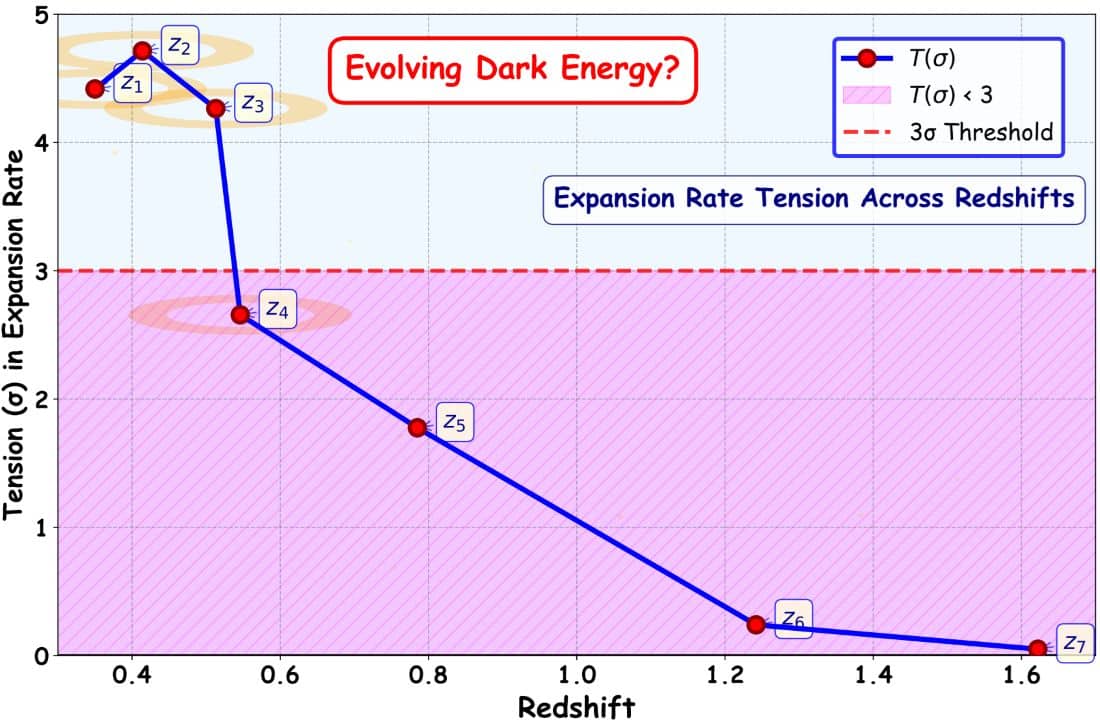
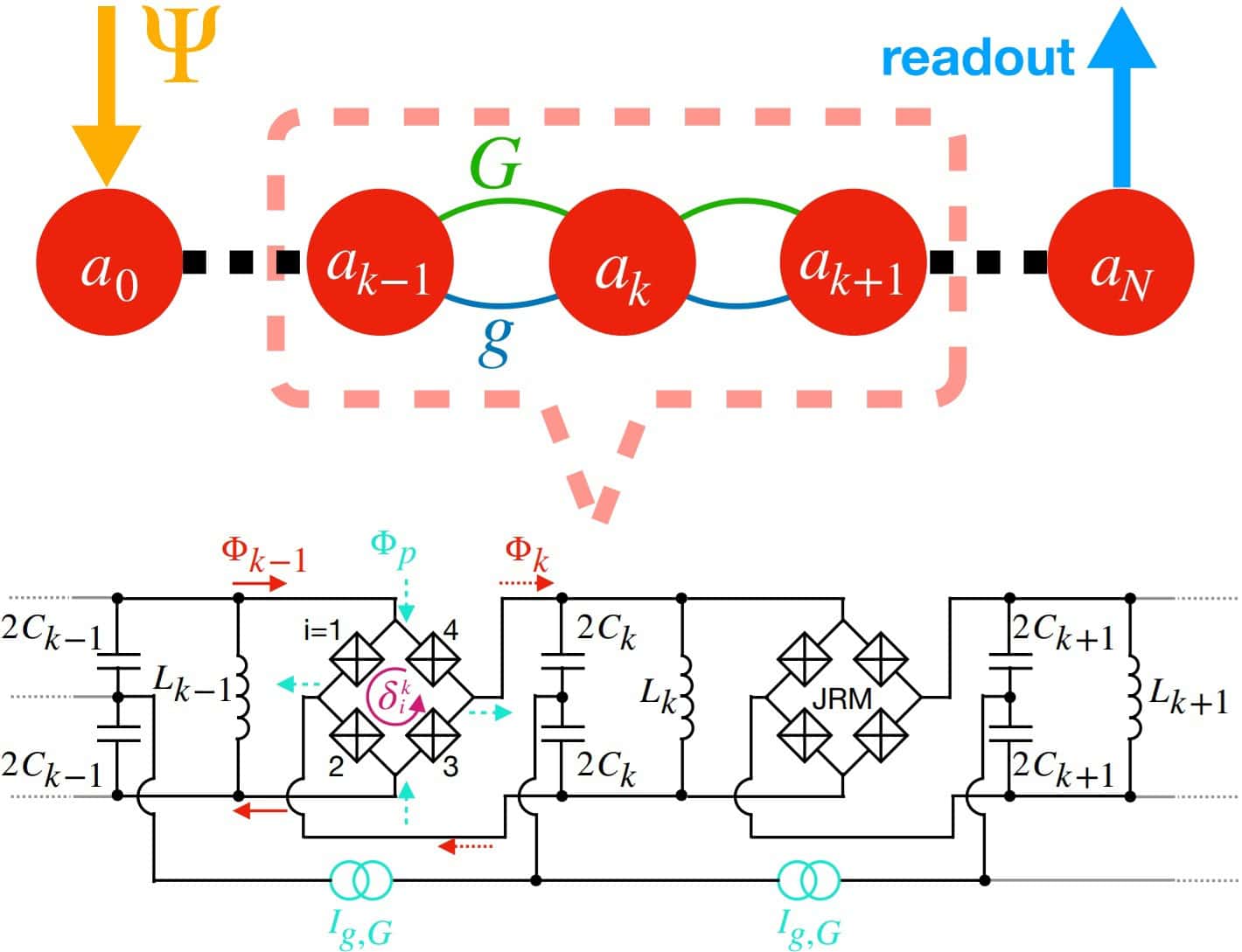

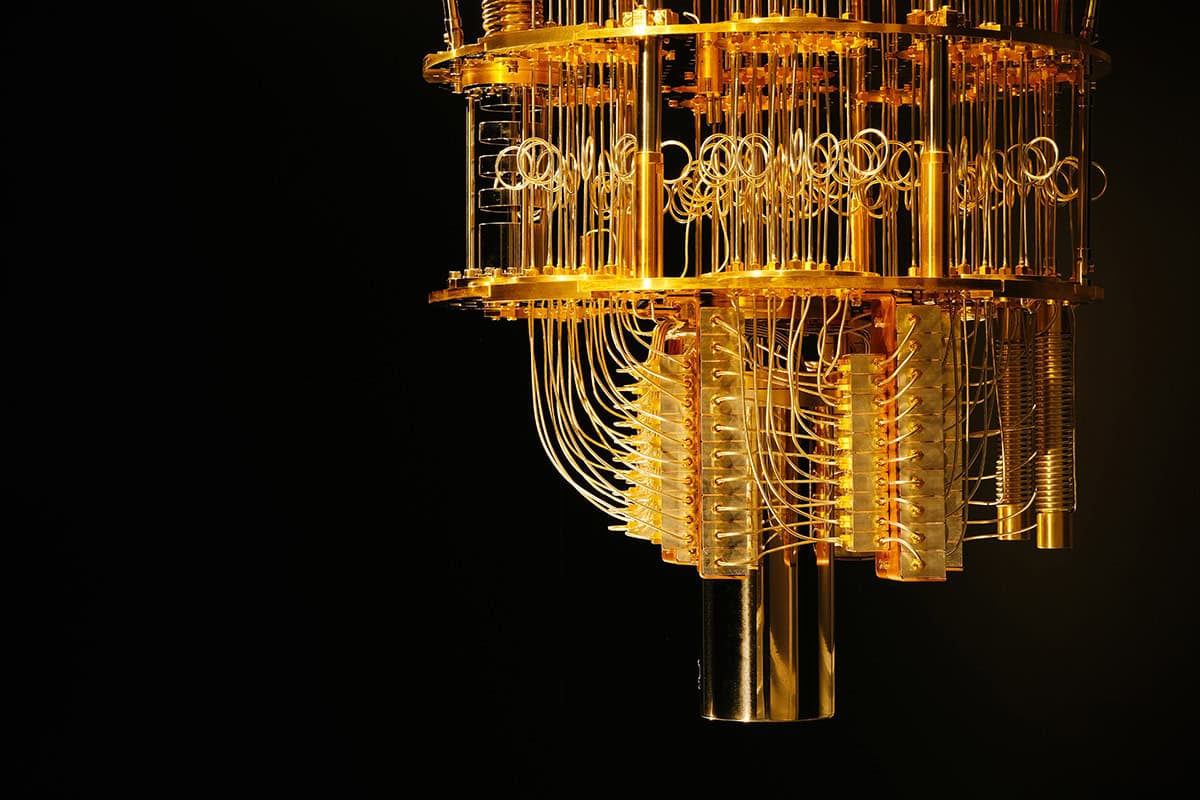

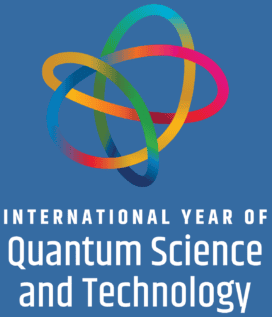
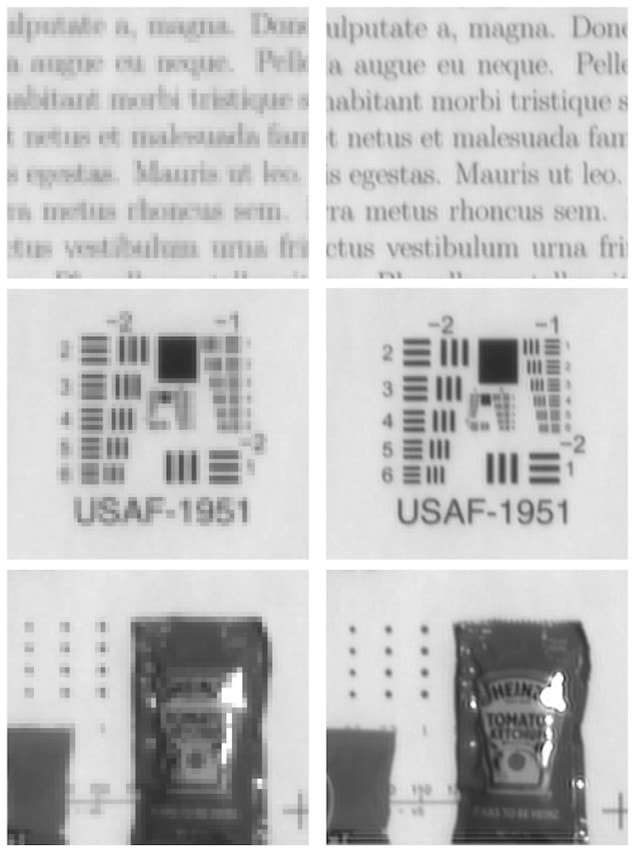
 This podcast is supported by
This podcast is supported by 















